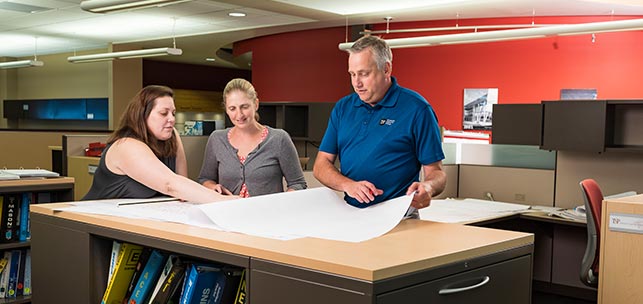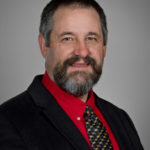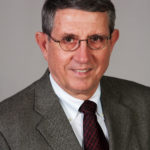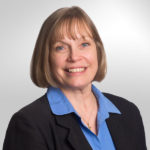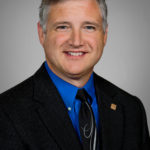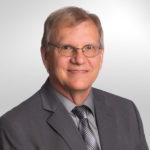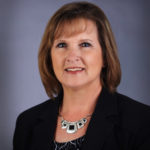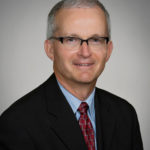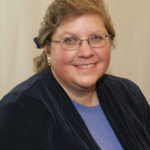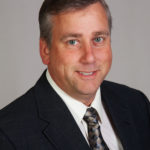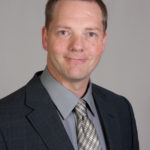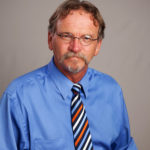In his younger years, Kerry Kloiber never imagined he’d be a “lifer” in his job. Colleague Tony Dwire likes to joke about himself: Maybe he got lazy and just kept coming to work at the same place. Another coworker, Bernie Olsen, sums it up this way: “It takes years to build the kind of togetherness we have here.”
That togetherness is the result of a team approach to everything from problem-solving a client’s biggest challenge to supporting one another through life transitions. And “here” is TSP, Inc., where nearly half of employees have been with the firm for at least a decade—and double-digits of workers have hit the 30-year mark. One of them soon will celebrate a half-century of work for the integrated architecture, engineering, and planning group. The key, he said, is continually making the most of opportunities, even if they look like obstacles.
“I’ve been here 49 years and then some, but I haven’t been doing anything close to the same job for 49 years,” said Ron Mielke, a principal and former CEO who now focuses on project management and client relationships. He realizes it’s unusual in any industry for a former top executive to remain as a day-to-day staff member, but he’s enjoying himself too much to retire now. “I’m getting to do what I believe is the fun part of this business,” he said.
- Tony Dwire
- Ron Mielke
TSP prides itself on designing legacy buildings that create lasting value for present and future generations. All the while, its employees have cultivated a sense of belonging through one another and the clients they serve. The nearly 90-year-old firm has become the backdrop for marriages, births of children and then grandchildren, military deployments, and deaths of parents or other loved ones. It’s an uncommon dedication to shared values. And it’s all the more striking in an age when the typical worker spends 4.2 years with a company before moving on.
The Bureau of Labor Statistics tracks the median number of years workers have been with their current organizations. The median represents the midpoint—half of all workers fall above that number, and half fall below. A higher median means more employees are choosing to stay with the same company for a longer period of time.
- 4.2 years = median for workers across all industries
- 5.7 years = median for architecture and engineering field
- 8.5 years = median for TSP, Inc. employees
Sources: Bureau of Labor Statistics Biennial Report (2018), TSP personnel records
A second family
- Carole White
- Sean Ervin
- Dave Schulze
“You do become a family of sorts when you’ve been with a group for this long. You know what to expect from one another,” said Carol White, a 40-year employee and office manager in Marshalltown, Iowa. That familiarity inspires trust in team members to get the job done. “That flexibility here was huge for me when I was raising my own kids,” she said. “I had to be the one available if there was a sickness or a school event.”
Those first and second families overlap in multiple ways. Dwire, a principal and electrical engineer who started at TSP a little more than 30 years ago, had a drafting table in his living room while his children were young. He’d redline blueprints at home while his wife worked overnight shifts as a nurse. Their daughter, Brenna Wiertzema, now has started her own career with the firm: She’s been an interior designer at TSP for the past four years.
Principal Sean Ervin has enjoyed taking his wife, children, and parents on tours of buildings the firm designs. “It’s not just a great company to work for or a great group of people to work with, but a legacy we co-create with our clients,” said Ervin, who started as an architect in Marshalltown.
Dave Schulze agrees. The senior architect is the managing principal of the Iowa office. He hired Ervin and wished Ervin luck years later when Ervin made the move to Sioux Falls. “It’s a lot more than just getting old in the same place,” said Schulze, who’s been with the company for 35 years. “We have the opportunity to serve clients over and over again, and each project is always different. That’s what makes this such an exciting business. It keeps you interested and engaged. It keeps you young, I think.”
One firm, many perspectives
- Bernie Olsen
- Mike Jamison
- Penny Harrison
Each team member’s explanation of how his or her role has grown with them—and why the firm still fits as the place to continue doing good work—is deeply personal.
“I spent many years in the Marshall (Minn.) office, and I got to know all of our clients there on a very one-to-one basis,” said 30-year employee Olsen, a drafting and modeling technician who now splits her time between Sioux Falls and an office in her home. “They gave me purpose because I was serving them and really owning that role. I think that connection means more to some people than others. For me, walking away from that would be very, very hard.”
Maybe that’s why a significant number of TSP team members have spent the majority of their working years at TSP. “When I came here, I could see myself in the people who were my bosses. I could envision myself moving into those roles,” said Mike Jamison, who retired last week as a Principal with nearly 38 years at the firm’s office in Sioux Falls, S.D. “I think we look for people in our lives who make us think, ‘I wouldn’t mind being like that person someday.’”
Penny Harrison also was looking for stability when she interviewed for the job 23 years ago. “I don’t like to bounce around. When I talked to the people here, I figured I could be here a long time,” said Harrison, who’s the office manager in Rochester, Minn. Within her first few weeks, she joined her new coworkers on a tour of the TSP-designed Ronald McDonald House. “I’m not an architect. I’m not an engineer,” Harrison said. “I could work anywhere because everyone has an administrative staff. But walking through that project just made me think, ‘Wow.’ ”
Changing and growing together
- Kerry Kloiber
- Jason Nelson
- Steve Tebben
Jamison and “lifer” Kloiber have seen working relationships come full circle in their time at TSP. “People are here to set the example, and then the role reverses. You can see it happening,” said Kloiber, an electrical designer who will celebrate 30 years with TSP shortly after the new year. “The longer you work with people, the easier it is to do a better job.”
Other colleagues have left TSP but later returned, feeling as if something lacked in other company cultures. CEO Jared Nesje and Marketing Director Jeff Bowar are among them. So is Jason Nelson, who—after a year-and-a-half at another local firm—came back to TSP earlier this month as design technology director. He’d been with TSP for 19 years before leaving to explore the other opportunity.
“I missed working with all of you here,” he told team members who gathered for his welcome-back announcement on his second first day of work. “I missed the professionalism and the respect you have for each other. I got to a point when I was gone that I missed being a part of this family, and that’s what brought me back.”
TSP has been a constant in its people’s lives, but employees can attest to the design field’s ever-evolving nature. Individually and as a firm, TSP’s people have adapted to changes in the industry and their impact on how architects and engineers do their work.
“I’m a team person,” said Steve Tebben, a mechanical engineer who joined TSP 30 years ago. He’d spent a little more than a decade in consulting firms and ran his own business for five years. In fact, Kloiber worked for Tebben for a time. “What I noticed when I came here is that everybody is working toward the same goal—that project for that client. I’ve always been under the impression there’s no such thing as a problem, there are just solutions waiting to happen. And when we run in to one of those, it’s everybody’s to solve.”
Tebben appreciates the give-and-take that comes with a mix of experienced and newer talent across architecture and engineering disciplines. TSP’s integrated structure means employees have the opportunity to work on a variety of project types. Tebben said that strengthens the organization overall. It enables him and other leaders to tell clients with confidence that a deep bench of resources stands ready to expedite their project, saving time and money.
“You’ve got to be prepared to let people carry their ideas through,” Tebben said. “It’s not just management making decisions. It’s management allowing people with fresh ideas to help guide the firm and our legacy.”
